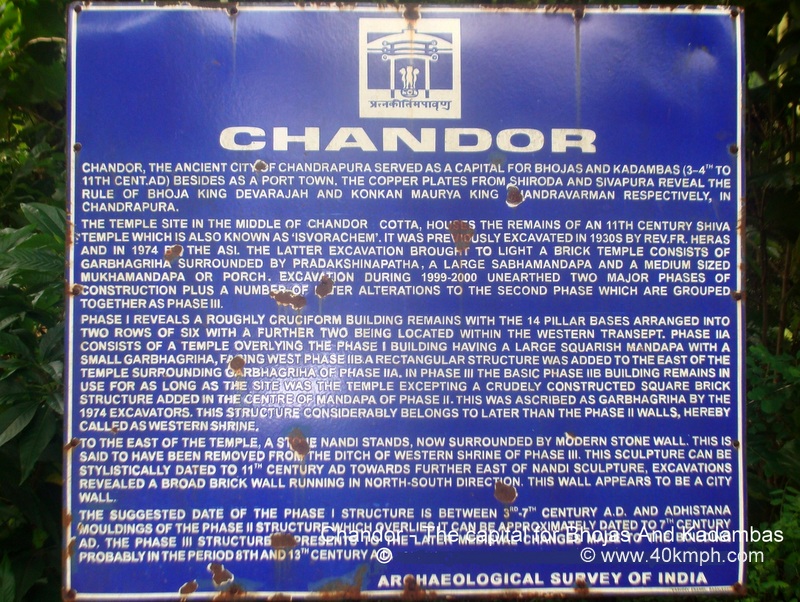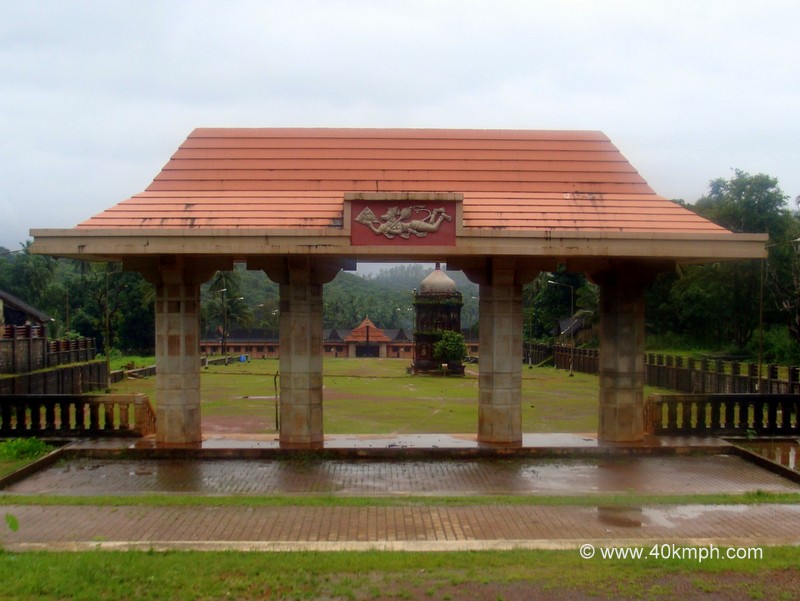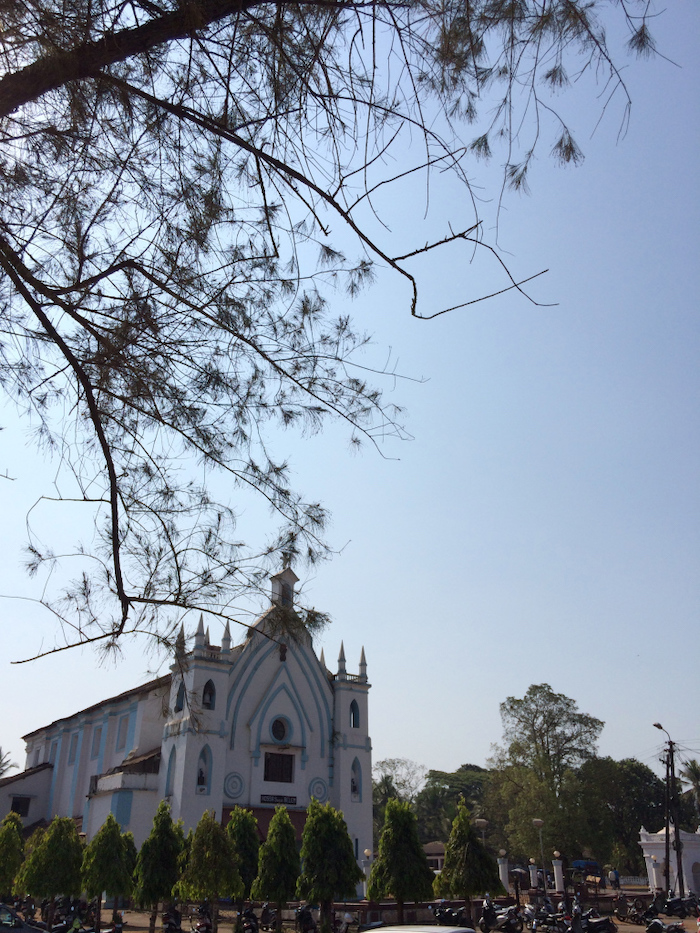Chandor/ Cota
This is a collection of articles archived for the excellence of their content. |
‘Queen’s curse’
As in 2019
Govind Maad, September 1, 2019: The Times of India

From: September 12, 2010: 40kmph.com

From: September 12, 2010: 40kmph.com

From: September 12, 2010: 40kmph.com

From: September 12, 2010: 40kmph.com

From: Trip Advisor

From: Gaonkar-Goa
Seby Costa (name changed) is torn between the love for his fiancee, whom he is going to marry in a few months, and concern for his aging parents, who stay at Cota in Chandor.
Marrying his fiancee and bringing her home, 28-year-old Seby fears, could bring in bad omens, as is the prevalent belief, while staying separately in a distant city would mean abandoning his parents in their twilight years. Seby isn’t the only youngster from the scenic village of Chandor who is in a dilemma. Villagers point out that many from Cota have shifted residences, even if that meant staying beyond village borders. The bizarre predicament stems from the villagers’ belief in a Queen’s curse that is rooted in tradition and folklore.
Olivinho Gomes, in his book, ‘Village Goa’, refers to the curse of the Queen from the Kadamba dynasty, transmitted through generations by word of mouth: Chandra ganv padd zanv / Vhoiloleank borem zanv/ Haddlolim randd zanv! (Let Chandor village perish/Their outgoing women be blessed/ Incoming women widows become!) The myth of this curse still looms large over a part of the village that was once the site of ancient Chandrapur, capital of Kadamba dynasty, which ruled Goa until its conquest by Vijaynagars in 1367. To circumvent the curse, many eligible youths from Chandor have migrated to urban towns like Margao or Panaji, fearing harm to their matrimonial prospects. That, village chroniclers say, largely explains why many of the palatial houses in this part of Chandor lie abandoned. A peek into history lends a perspective to the villagers’ belief. History has it that on the midnight of October 16, 1345, Nawab Jamal-ud-din of Honavar mounted a two-pronged attack simultaneously on Govapuri (present day Goa Velha) and Chandrapur (present day Chandor) in which the newly crowned young king Siriyadeva was slain and along with him all the male members of the Kadamba family were killed.
His young queen was away at her father’s palace at Hangal. Upon her arrival a few days later, she was aghast to know of her husband’s death. Prior to her arrival, all the females of the royal court had ground their jewellery, tossed the powder in the river before jumping in, killing themselves. Suspecting treachery, the distraught queen broke her bangles on the stone in front of the Santiago Chapel on the Chandor Cotta Kadamba gate and dusting her heels (three or four times), cursed the women of Chandrapur that all of them may suffer her plight. The Queen’s curse still rides over the psyche of the inhabitants of Chandor.
“So strong was the belief earlier,” an elderly villager informs, “that people used to hesitate to give their daughters in marriage to Chandor, particularly, in Cota. And to a large extent, people still believe in the curse, though not many speak about it.” However, not all agree that fear of the curse has led to forsaken houses at Cotta. “The curse no longer holds true. People have migrated to other places for jobs and myriad other reasons, and that’s why the houses are closed,” another explains.